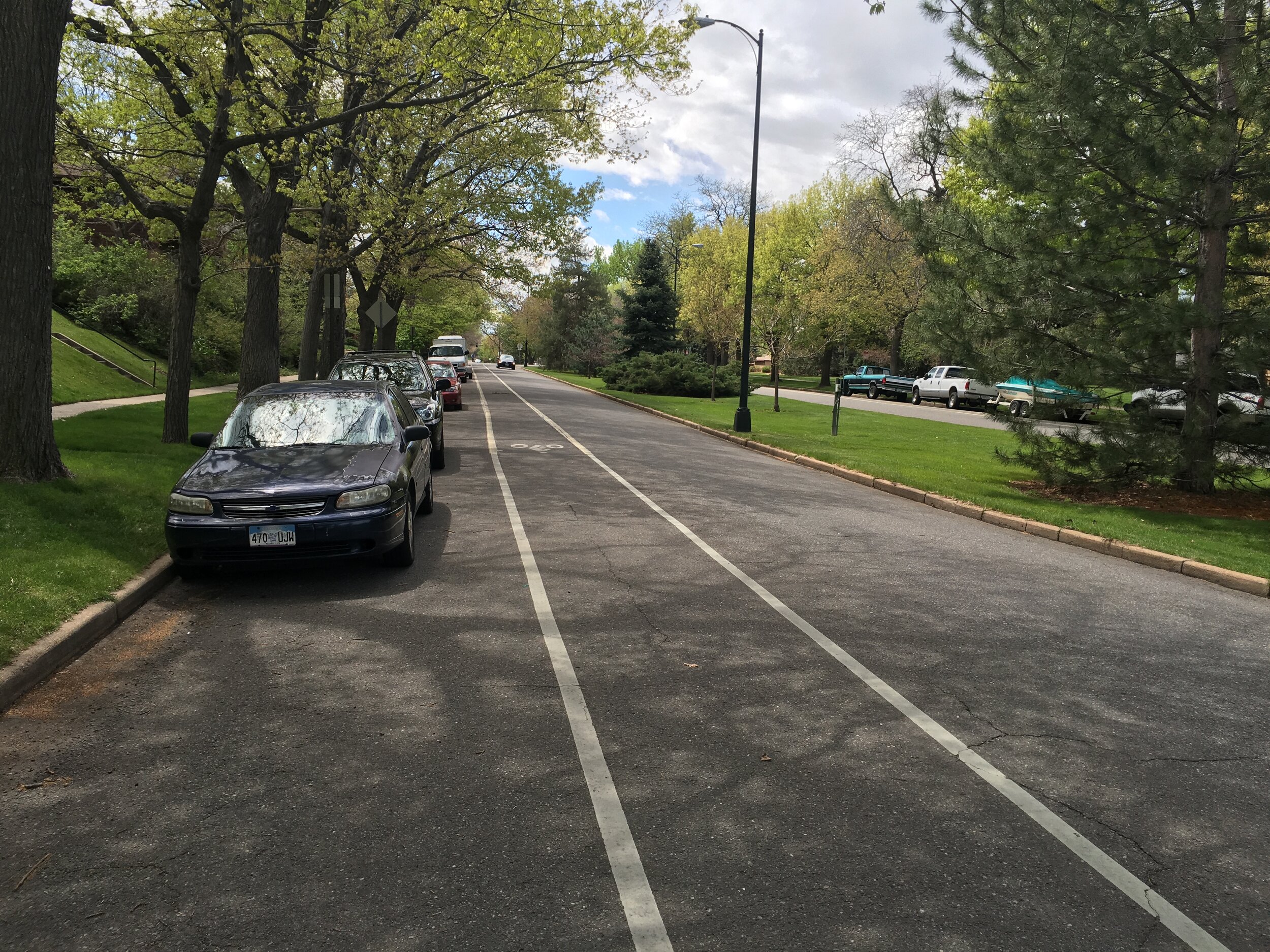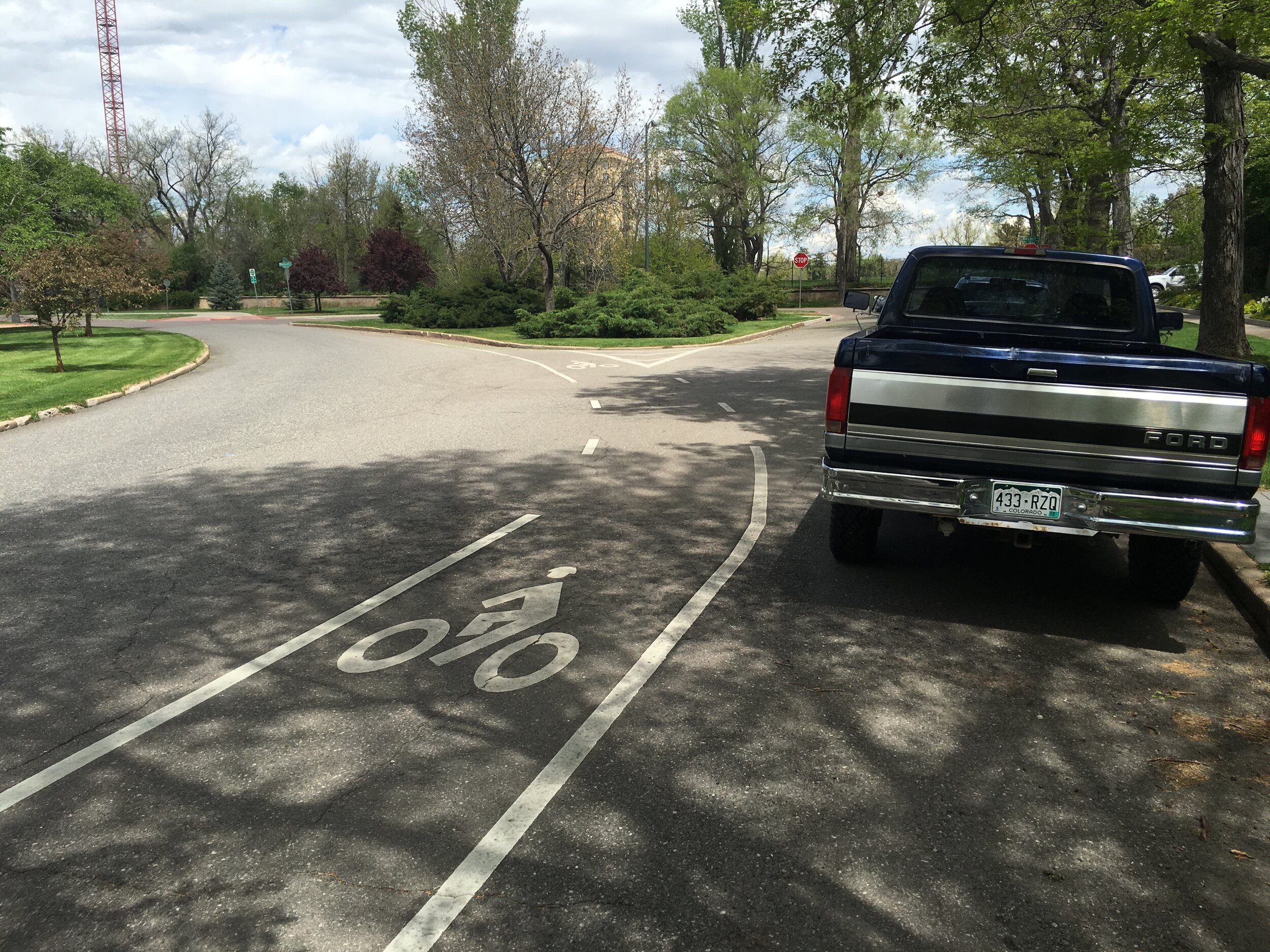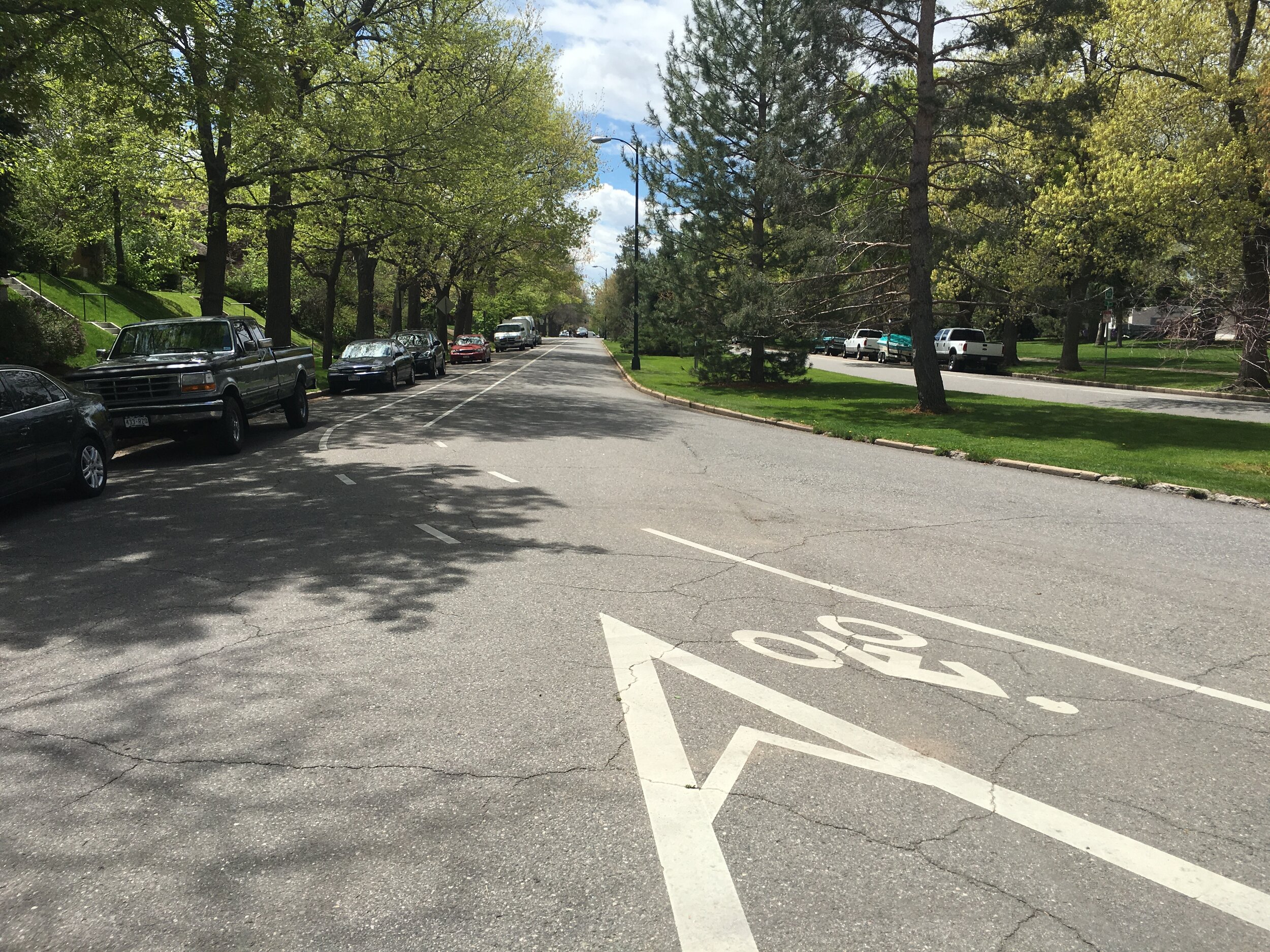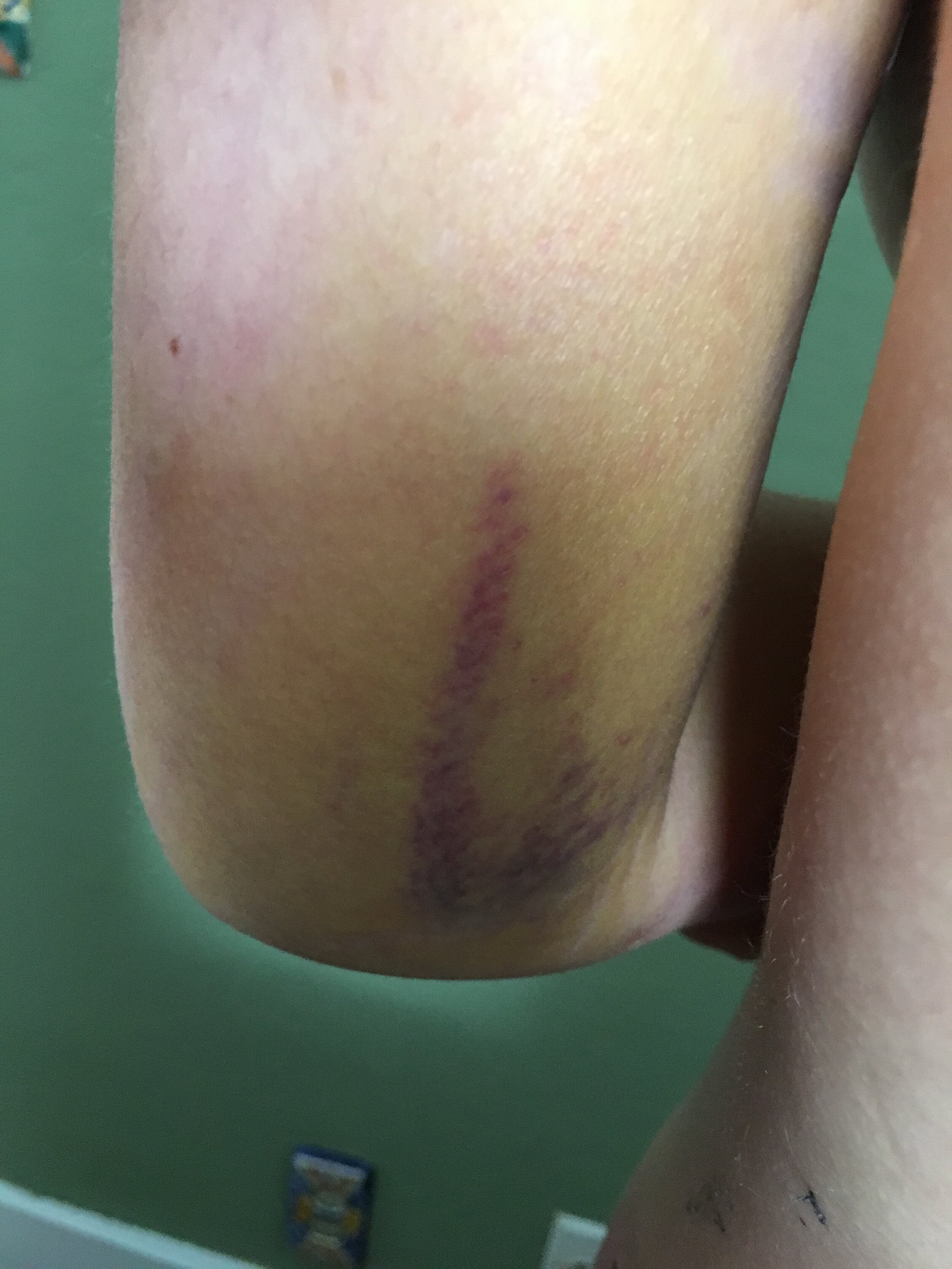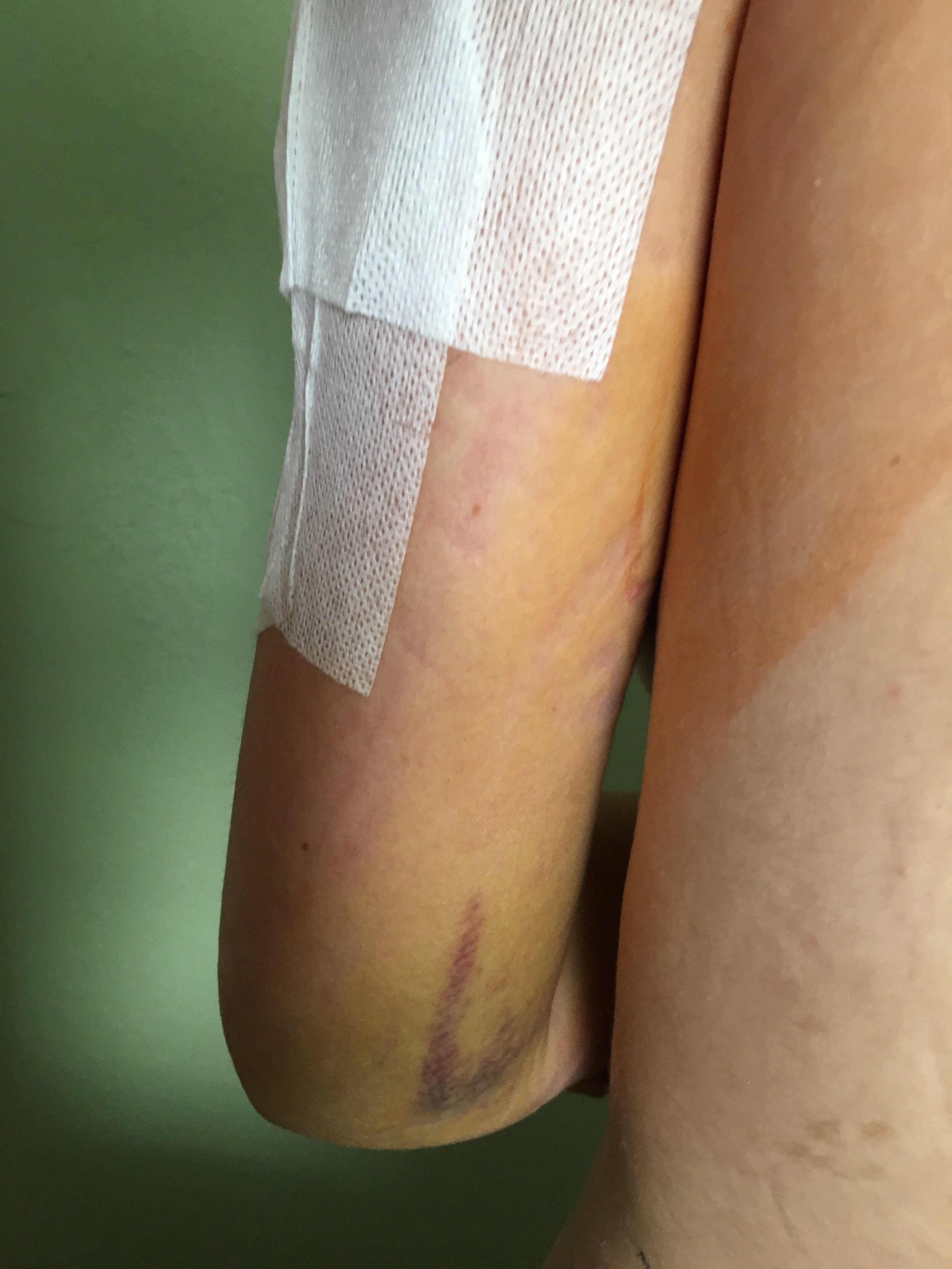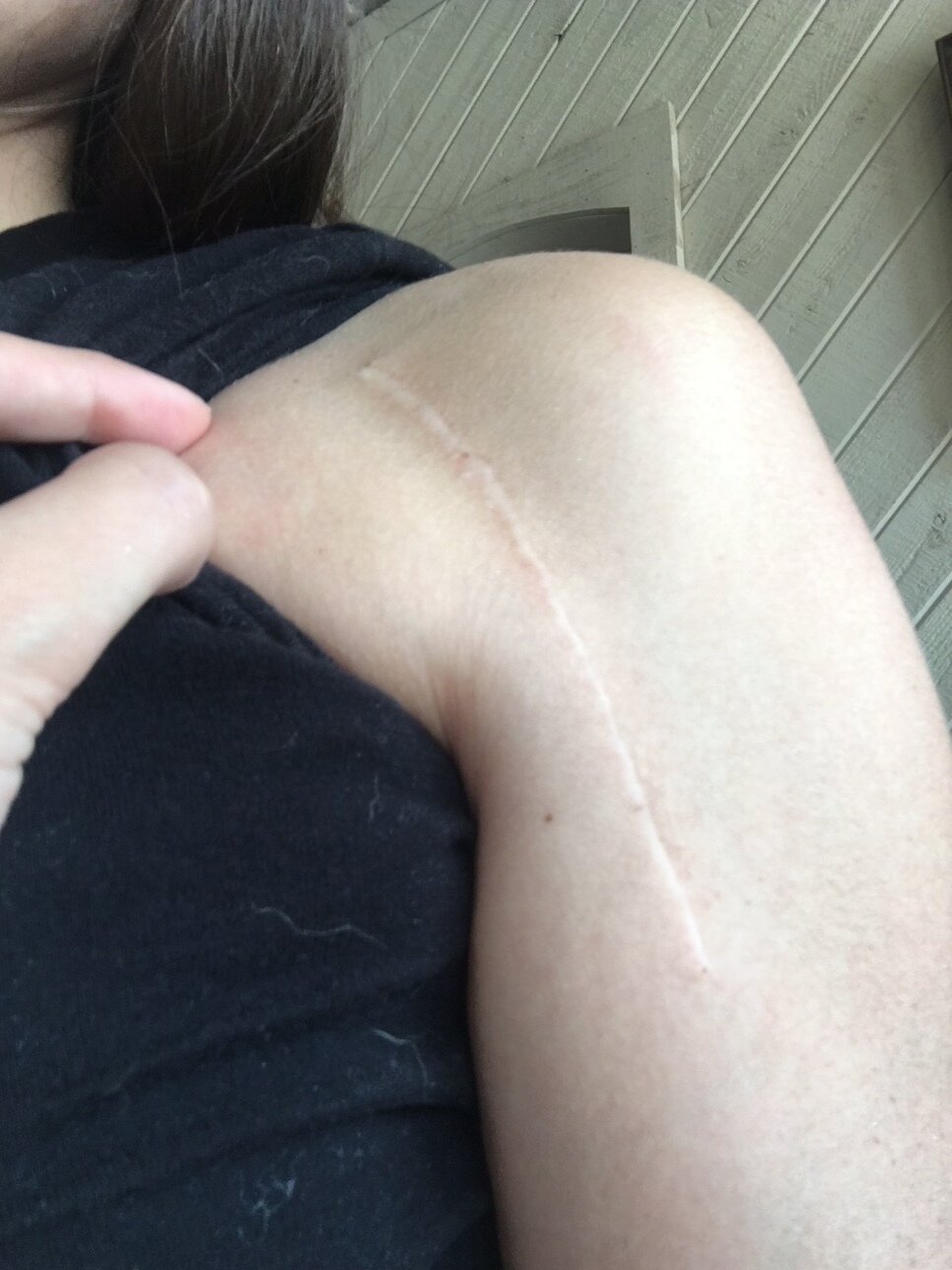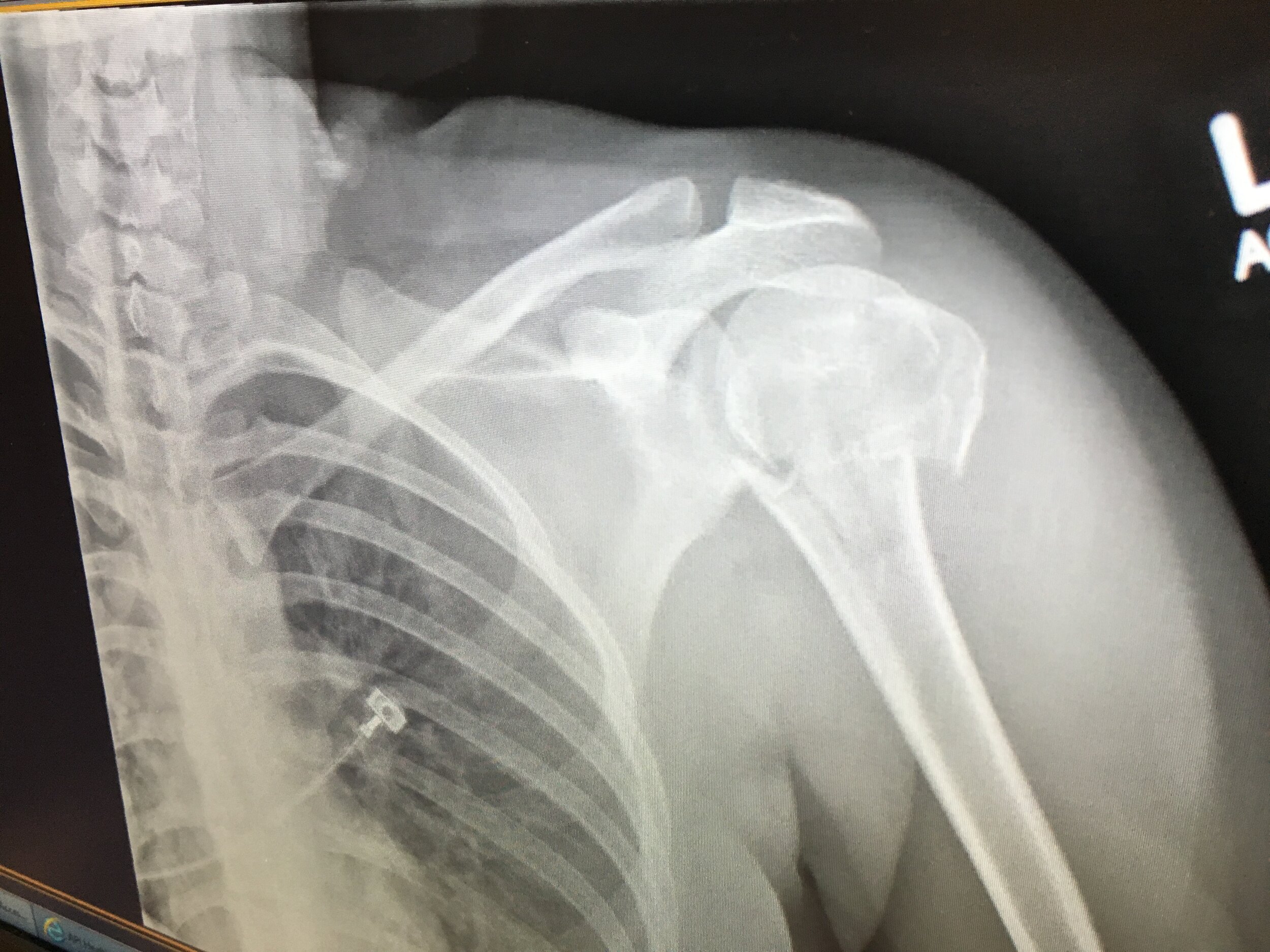Lawmaker Proposes Legislation - Cyclists Advocate for Protected Bike Lanes
On Monday, February 3, 2020, Senator Mike Foote will address the Senate Judiciary Committee about legislation he is sponsoring to require drivers to yield to bicyclists in bike lanes. Senate Bill 20-061 will make it possible for law enforcement to cite drivers who fail to yield to a bicyclist in a bike lane. Failure to yield would result in a class A traffic offense and would be punishable with a $70 fine. The law would take effect on July 1, 2020, if passed.
If the driver fails to yield to a bicyclist in a bike lane, and this results in a crash or in bodily injury, then this is considered careless driving and punished under the careless driving offense.
Senator Foote also sponsored SB19-175 (Serious Bodily Injury Vulnerable Road User Penalties) in March 2019 which was then signed into law by Governor Polis on May 29, 2019. That same day, Megan was seriously injured when a 19-year old driver crashed into her while she was riding in a bike lane in Arvada. (More HERE).
After handling bike cases for ten years, as well as having a personal interest as the result of her crash and her investment in bike advocacy/activism, Megan saw a need for a law to protect cyclists in bike lanes and to give law enforcement something to work with when it comes time to cite a driver who hits a cyclist riding in a bike lane: “It has always been my belief that a motorist must yield to a cyclist in a bike lane before turning into the bike lane or crossing through it,” says Megan.
Last year, Megan reached out to Senator Mike Foote and expressed what she saw as a really big hole in the law, not just in Colorado but in most states, where we have the addition of bike lanes for cyclists to use but no laws to protect them.
Senator Foote agreed, so he and Megan partnered to draft SB20-061. She will be at the Capitol to speak to the Senate Judiciary Committee about the need for this bill to be passed into law to protect cyclists. Alongside her will be Ali Clerkin, who was hit by a driver on May 9, 2016, while biking in the bike lane on Marion Street at E. Bayaud Avenue. It was around 8:00 am, and Ali was wearing a helmet, normal street clothes, and white athletic jacket, making her clearly visible. The street curves to intersect with Downing Street and the bike lane follows this curvature.
Ali was following this curve of the road in the bike lane; there is also a dotted line where cars can cross over to continue straight to a smaller intersection.
It was at this point that a pick-up truck went through the dotted bike lane line to cross over to the other side and hit Ali on her left-hand side.
“I was just beginning to ride with the curve when a green truck came barreling through the bike lane to move straight through to the smaller intersection (Marion and Bayaud). The truck hit me around the front passenger side. I felt my head and left side of my body hit the car. I fell to my left and hit the ground, where I immediately felt the pain in my left arm,” explains Ali. Since she landed on her left side, most of the ‘blow’ was to that side only.
An ambulance transported Ali to the hospital where doctors told her that she would need surgery. Her shoulder was dislocated, and her upper left arm, elbow, and hand were broken:
Humerus fracture (in at least 2 places) - x-ray, CT scan, surgery
Elbow fracture - x-ray, CT scan, sling and brace for isolation
Wrist (carpal) fracture - x-ray, CT scan, stint for isolation.
According to the police report, the driver was not cited due to conflicting statements and no witnesses. The driver stated that he saw Ali in the bike lane but that she swerved over into the side of the truck all of a sudden. However, the driver indicated to police that he “was probably crowding the bike lane a little bit” and saw Ali in the bike lane and “probably should have moved over a bit.”
Ali was very disappointed to learn that although she had been severely injured, the driver would not be punished. “There essentially was no accountability placed on him,” she says. “This is mostly because there was no further investigation completed by the Denver Police Department. When the police officer got to the scene, the driver already had his story fabricated that I swerved into his truck and that I only had a dislocated shoulder.” Ali firmly believes that a follow-up investigation should always be done as mental/psychological injury cannot be seen right away regardless if there is serious bodily injury or not.
When Ali followed up with the officer, he asserted that he could not undeniably prove what occurred in the crash in a court but believed the driver to be at fault and thus assigned the driver as Traffic Unit #1 in the report and cited other incriminating comments that the driver told him.
Since the driver did not have to appear in court, Ali was deprived of the chance to seek justice in a traffic case and never had a chance to see the driver punished. Ali was clearly in the right and the driver at fault. Our firm obtained the driver's full policy limits and then also made a substantial recovery from Ali’s own auto insurer as well—all indicative that the insurers accepted fault on behalf of the driver and did not apportion fault to Ali.
As a result of her injuries, Ali had to take sick time, go on short-term disability at 70 percent pay, and was not able to return at a full time capacity immediately. Her husband became her caretaker and accompanied her to all doctors’ visits and the surgery. He woke her up every four hours throughout the day and night to administer pain medication for the first two weeks, ran errands, did all the cooking and cleaning, and drove her to her appointments. He also did physical therapy with her two to three times a day.
Beyond the physical injuries, the crash took an emotional toll on Ali. The missed work and specifically the timing inhibited her career growth; the position above her was vacated, and she was filling the role and attempting to prove herself worthy of the promotion when this crash happened.
It has also been difficult for Ali to get back on a bike again. The first time riding her bike was on the two-year anniversary of the crash. “I truly have lost my appetite to ride because overcoming the anxiety does not outweigh the joy I once felt when riding,” she says. She has only ridden a handful of times, more as a mental health initiative. She rode on dedicated paths without cars or on the sidewalk. (Read more HERE).
Ali is also more afraid to drive in a car. Since the car hit her from behind/in her blindspot, she is constantly afraid that she will miss seeing someone and hit a person, biker, or car.
One of the main things that Ali learned is that simply riding in the bike lane does not provide an impermeable shield from cars to bicyclists. She believes that in order to make cycling safer, physically separated bike lanes are necessary to make it harder for cars to impede the bike lane.
Community volunteer and bike advocate Amy Kenreich agrees. She has been involved with the Mayor’s Bicycle Advisory Committee (MBAC) since 2017 and has been speaking to both residents and cyclists in support of the S. Marion Street Parkway Improvements project. The city is currently finalizing designs, and construction of a protected bike lane is planned for 2020. Although Amy heard a lot of positive feedback from part of the population, there are many people, especially residents, who oppose adding a protected bike lane. Amy says that most of the arguments against the protected bike lane stemmed from one theme: “Not In My Back Yard.” “Sometimes people are simply opposed to change,” she says.
“I had a really difficult time understanding why anyone would oppose a protected bike lane in front of an elementary school. I live four blocks away from this project. I take my kids to the playground at Steele Elementary often, and I also ride this street to reach the Cherry Creek Trail. When Alexis Bounds was struck and killed, it made me mad and terrified me. Because I have been on the MBAC and because I know about Vision Zero, I just couldn’t sit by and do nothing,” says Amy.
Amy encourages people in Denver to follow the Bicycling in Denver page and to check out “News and Updates” for a list of upcoming public meetings.
“One of the best things you can do is attend these meetings and make your voice heard. Another way you can help is to submit feedback on the same site. DOTI (Department of Transportation and Infrastructure) really does read and tally up all comments that come in on a project. For the Marion project, the city showed a slide of all the types of feedback that came in, and it clearly showed that the #1 priority was the safety of bicyclists and pedestrians. Your voice matters, and it doesn’t take much time to make sure it’s heard,” emphasizes Amy.
Another site to watch is the Denver Bicycle Lobby. They post the Denver bike lane public meeting dates on their site and also host meet-ups and organize efforts to support bicycle advocacy in Denver.
Please advocate for safer cycling with us on February 3rd at the State Capitol in supporting this bill. Here are the details:
State Capitol
The hearing will be on the third floor in room 352 - Senate Judiciary.
Time: 1:30 pm.
